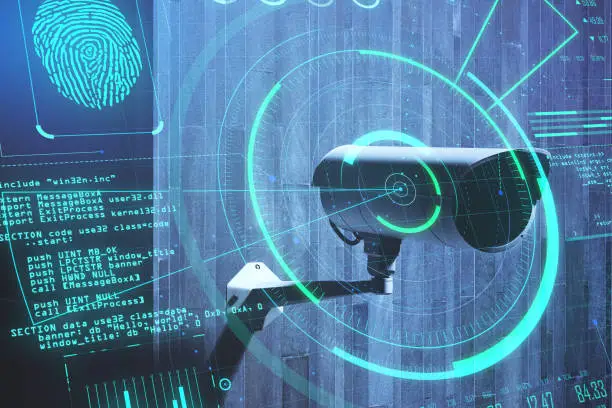What Are Smart Airports?
Video analytics in smart airports leverages advanced AI and machine learning to analyze real-time video streams from CCTV cameras, transforming them into actionable insights. This technology goes beyond traditional surveillance, enabling automated detection, monitoring, and decision-making to enhance security, streamline operations, and improve the overall passenger experience. By providing real-time intelligence, it helps ensure a safer and more efficient environment for travelers and airport staff alike.

Smart Airports Use Cases
1. Use Case
Crowd Management for Smart Airports
Managing passenger flow is critical in airports, particularly during check-in, security screening, and boarding processes. Our platform delivers real-time analytics on terminal utilization and crowd density, allowing airport operators to monitor bottlenecks and high-traffic areas. When capacity thresholds are reached, the system generates alerts, enabling staff to take immediate action, such as opening additional security lanes or redirecting passengers. This proactive approach enhances operational efficiency, ensures passenger safety, and minimizes delays, improving overall airport management.
2. Use Case
Queue Management for Smart Airports
At airports, managing queues during check-in, security screenings, and boarding is crucial for efficiency and customer satisfaction. Our platform analyzes passenger preferences, behaviors, and traffic patterns to predict potential surges and prevent long waiting times. By identifying demand early, operators can allocate additional resources, open new check-in counters, or optimize security checkpoint usage. This helps airports maintain operational continuity, reduce passenger stress, and improve overall customer experience.
3. Use Case
Service Dwell Time Monitoring for Smart Airports
Reducing dwell time at key service points—such as check-in counters, baggage drop areas, and security checks—is crucial for airport efficiency. Our platform monitors passenger interactions at these locations, identifying bottlenecks in real time. This enables airport operators to streamline processes, eliminate inefficiencies, and minimize delays. By improving dwell time management, the airport can ensure smoother operations, enhance passenger experience, and maintain timely departures.
4. Use Case
Lost Luggage Detection for Smart Airports
Lost or unattended luggage is a significant issue at airports, especially in high-traffic areas such as baggage carousels or check-in counters. Our platform continuously monitors baggage claim areas and high-traffic zones for unclaimed items. When unattended luggage is detected, the system immediately notifies airport staff, enabling quick responses to prevent security threats. This enhances passenger safety and ensures timely recovery of belongings, improving the overall passenger experience.
5. Use Case
Lost Children Assistance & Object Flow Analysis for Smart Airports
In busy airports, ensuring the safety of children and preventing security breaches is a top priority. Our platform uses real-time tracking via image recognition or GPS to locate lost children in crowded areas. By monitoring movement patterns, the system enables staff to act swiftly and reunite children with their families. Additionally, the system provides insights into object flow, which helps optimize the layout and operations of terminals to enhance both security and passenger experience.
